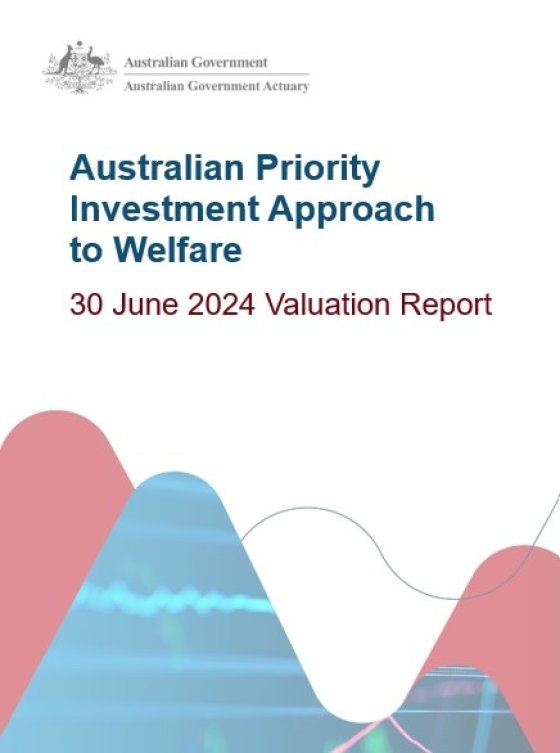About the approach
The Priority Investment Approach was designed to improve our understanding of how Australians use the social security system. It used evidence to help us see where we can act early to support vulnerable people.
The approach used a model to:
- predict future social security use based on historical patterns
- identify and understand more about vulnerable groups
- help inform how we can take early action.
Reports and analysis
The 2024 Priority Investment Approach report and insights products are the final in a series of 9 valuations of the social security system.
Australian Priority Investment Approach to Welfare: 30 June 2024 Valuation Report
Insight into how Australians are likely to access the social security system over their lifetime.
Access this
2024 insights products
Previous valuations
Older valuation reports and the 2022 insights products are available on the Australian Web Archive(Opens external website).
Related topics
Was this page helpful?
DSS71 | Permalink: www.dss.gov.au/node/71
